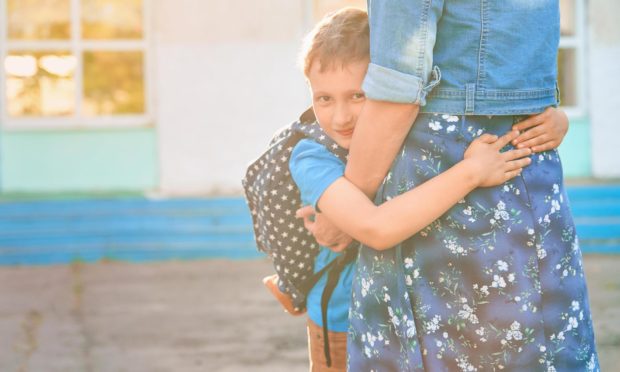A promise has been made on behalf of the city of Dundee to its hundreds of care experienced children.
The pledge to get it right for looked-after children was approved by Dundee City Council’s children and families service committee.
The city has a high rate of looked-after children, with more than 500 last July.
Paul Clancy, executive director of the children and families service, said the promise to them was not just from the council.
He said: “It’s the city of Dundee’s promise to these children. We are absolutely committed to getting this right for them.
It’s the city of Dundee’s promise to these children. We are absolutely committed to getting this right for them.”
Paul Clancy, Dundee City Council
“There has been a lot of progress made but there’s much to do.”
Our Promise is the city’s response to an independent care review published last February which found an overly complex system of care, a need for family engagement and support to improve and a need to change stigmatising language.
It aims to substantially change and improve the engagement, support and outcomes for children in care or on the edge of care, and follows on from the city’s corporate parenting plan.
Dundee’s Our Promise to care experienced children:
- Voice – children must be listened to and meaningfully and appropriately involved in decision-making about their care;
- Family – where children are safe in their families and feel loved they must stay and families must be given support to nurture that love and overcome difficulties;
- Care – where living with their family is not possible, children must stay with their brothers and sisters where safe to do so and belong to a loving home;
- People – children must be actively supported to develop relationships with people in the workforce and wider community;
- Scaffolding – children, families and the workforce must be supported by a system that is there when it is needed.
Already improvements have been made made in attainment, fewer exclusions from school and more going onto positive destinations after school, according to a report presented to the committee.
Committee depute convener Councillor Roisin Smith explained: “Our corporate parenting plan has made a real impact over the last three years and resulted in more positive outcomes for young people.
“We can never be complacent and that is why the voices of these children and young people are always at the centre of the work that the council and its partners undertake.”
Action includes a housing protocol and a guaranteed interview scheme for young people leaving care.
Emphasis on supporting families
A new multi-disciplinary team has been set up, flexible family support developed, parenting programmes targeted to vulnerable families and up-to-date assessments for all care experienced children and young people, informed by their own views.
Acting head of children’s service and community justice Glyn Lloyd said there were plans to improve the quality of service in the services houses but not increase capacity.
He said: “Outwith the houses, our main emphasis is on building capacity to support families, whether that’s looked after children with their own birth parents or carers, kinship care or internal foster care.
“We’re aiming to build capacity and provide better support to keep them there so that they don’t have to leave and ultimately end up in one of the houses or in an external residential placement.”










